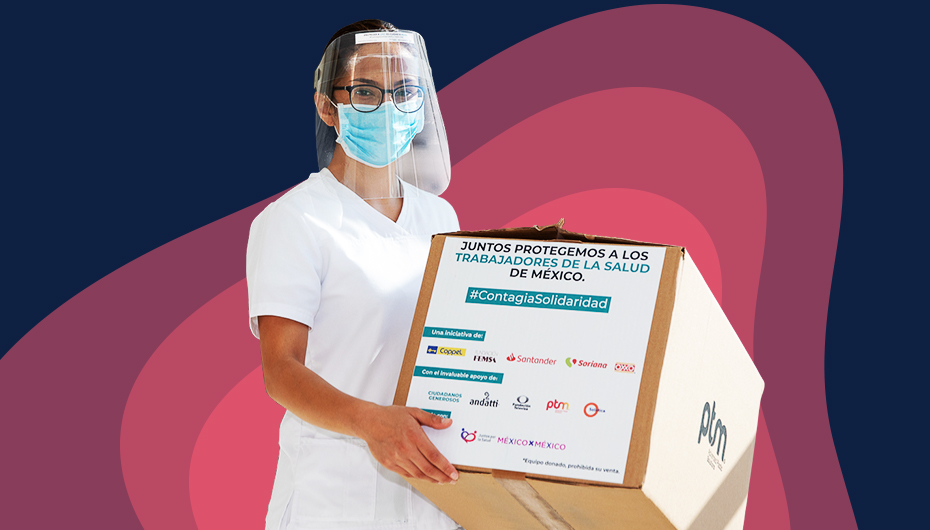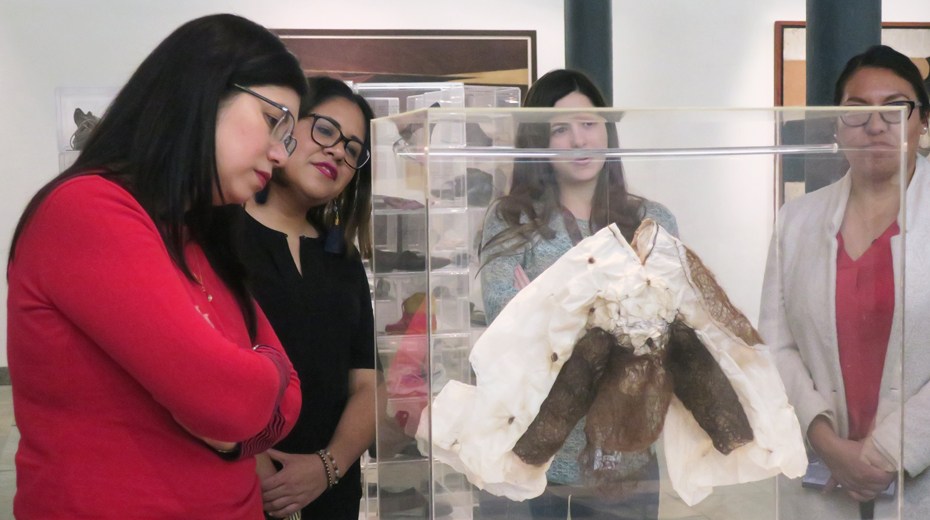United Nations predicts that population will grow from 7.6 billion to 9.8 billion by 2050, an increase of 28.9%. Meanwhile, FAO reports that one third of the food globally produced goes to waste. In this scenario (business as usual), we would have to expand crop areas in 593 million hectares to satisfy global food needs, double the size of India. Or perhaps not.
There are inefficiencies in the journey from field to fork that we could improve to avoid waste. Food loss means any food that is damaged or unfit for human consumption due to infestations or inadequate handling. On the other hand, food waste refers to food that is destined for alternative uses or discarded because of strict standards of shape or color, being close to their best-before date or being left over from eating establishments and homes.
Food represents much more than what we put on our plates—reducing waste would have huge impacts for our operations and for society as a whole. By doing so, we promote the efficient use of resources such as water, energy, land and manual labor, we avoid shrinkage and generate positive effects in market prices.
There is a wide scope for action. In 2018 we launched the digital platform #SinDesperdicio (#NoWaste) with OXXO and other organizations to learn about the sector. In this way, we have started developing a strategy that will complement the efforts of the Business Units in links of the chain that focus almost 60% of the problem. We will start by working with agricultors, in the production stage, to later promote habit changes and foster responsible consumption.
FEMSA Foundation is developing a comprehensive strategy to improve waste management with a focus on food and plastics.






